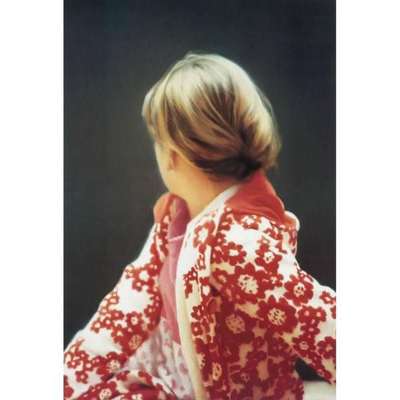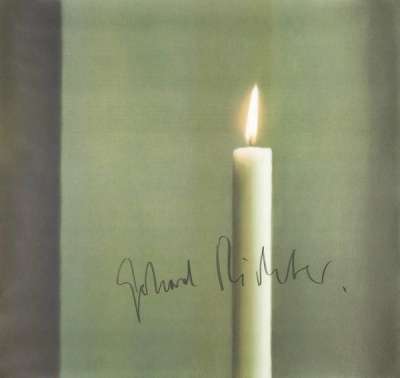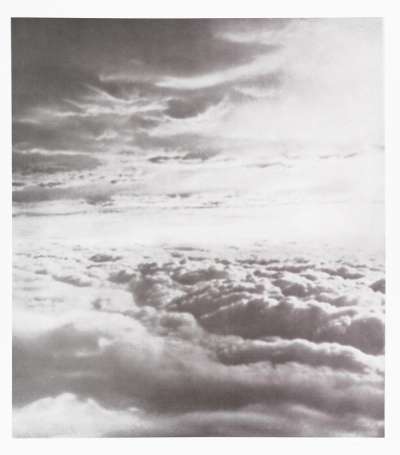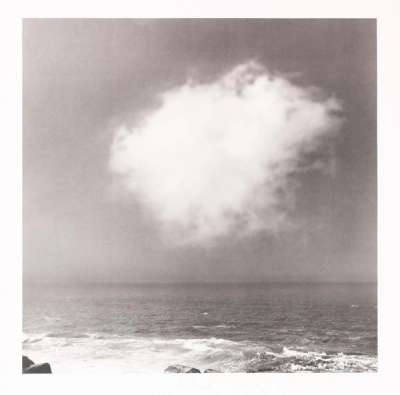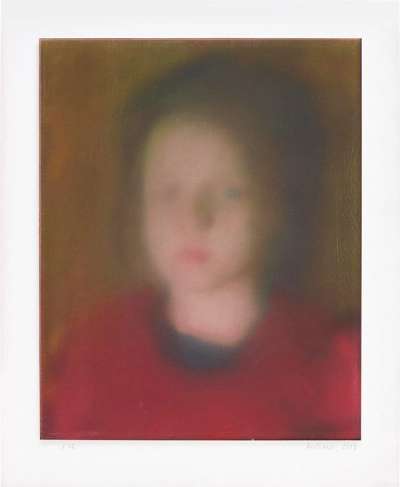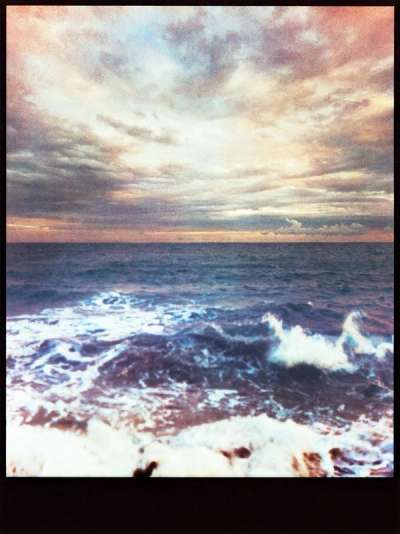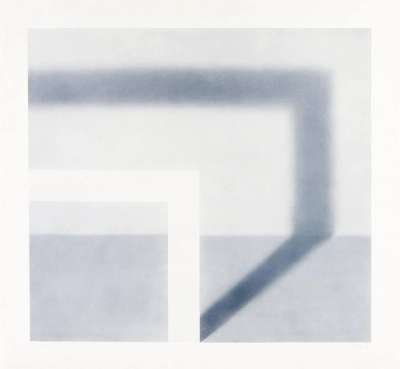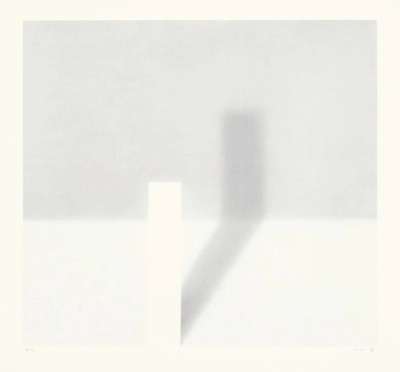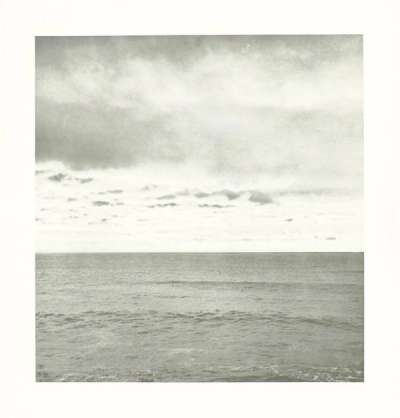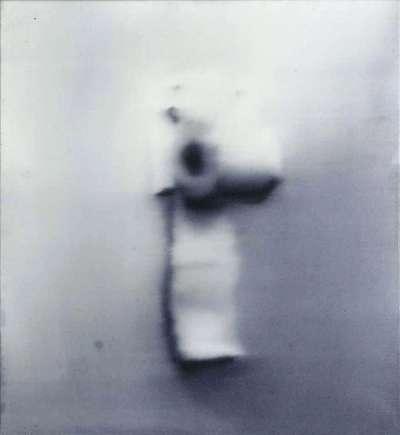
Kerze II

Kerze II
Signed Print
Gerhard Richter
£80,000-£120,000Value Indicator
$160,000-$240,000 Value Indicator
$140,000-$210,000 Value Indicator
¥720,000-¥1,070,000 Value Indicator
€100,000-€140,000 Value Indicator
$760,000-$1,140,000 Value Indicator
¥15,410,000-¥23,110,000 Value Indicator
$100,000-$150,000 Value Indicator
AAGR (5 years) This estimate blends recent public auction records with our own private sale data and network demand.
There aren't enough data points on this work for a comprehensive result. Please speak to a specialist by making an enquiry.
Medium: Lithograph
Edition size: 50
Year: 1989
Size: H 90cm x W 90cm
Signed: Yes
Format: Signed Print
TradingFloor
Track this artwork in realtime
Watch artwork, manage valuations, track your portfolio and return against your collection
Track auction value trend
Auction Results
| Auction Date | Auction House | Location | Hammer Price | Return to Seller | Buyer Paid |
|---|---|---|---|---|---|
| Lempertz, Cologne | Germany | ||||
| December 2022 | Bonhams New Bond Street | United Kingdom | |||
| October 2017 | Phillips New York | United States | |||
| September 2015 | Christie's London | United Kingdom | |||
| March 2015 | Sotheby's London | United Kingdom | |||
| October 2011 | Christie's New York | United States | |||
| April 2011 | Phillips New York | United States |
Meaning & Analysis
Kerze II is a signed offset lithograph print in colours with hand-applied oil paint by Gerhard Richter. It was issued 1989 in a very limited edition of 50 and is part of the Atlas series. Like Kerze (1988), the work focuses on the vanitas-like motif of the candle. Melding Richter’s squeegee-based abstracts, his Übermalungen – or ‘overpainted photographs’ – and his Atlas-based, photorealistic paintings, in this work the candle motif is obscured by areas of gesturally applied black oil paint.
Kerze II is a standout example of Richter’s approach to painting and the image. Like Kerze, a work produced in the previous year, Kerze II Incorporates the candle motif into its composition. Unlike its predecessor, however, this work partially obscures Richter’s highly-detailed, photorealist depiction of the candle with a number of ‘squeegeed’ lines of black paint. This deconstructive - or perhaps destructive - act references Richter’s continued desire to bring about what he calls the ‘death of painting itself’. The origins of this radical bent find themselves in Richter’s early artistic training, which he received during the 1950s and early 60s at the Dresden Academy. Then under the aegis of East Germany’s ruling SED – or Socialist Unity Party – and within the Soviet sphere of influence, the art school was restrictive. Together with the Documenta II exhibition (1959), held in the West German city of Kassel and featuring works by Jackson Pollock and Pablo Picasso, its limitations pushed Richter to leave East Germany, in 1961, and to seek out methods of undermining all things ‘traditional’ in his own artistic practice.
Noting the relationship between the candle, his own work, and canonical art history, Richter once said: 'I was fascinated by these motifs, and that [fascination] is also nicely distanced. I felt protected because the motifs are so art-historically charged, and I no longer needed to say that I painted them for myself. The motifs were covered by this styled composition, out-of-focus quality, and perfection. So beautifully painted, they take away the fear.’
Hailing from Germany, Gerhard Richter has not been confined to one visual style. A testament to versatility and artistic diversity, Richter's work spans from photorealism to abstraction and conceptual art, and his portfolio is rich in varied media. From creating bold canvases to working on glass to distort the lines between wall-based art and sculpture, Richter has honed in on the blur technique to impart an ambiguity on his creations. To this day, Richter is one of the most recognised artists of the 20th century with his art having been presented in exhibitions worldwide. His global impact underscores his legacy as a trailblazer of artistic exploration.
